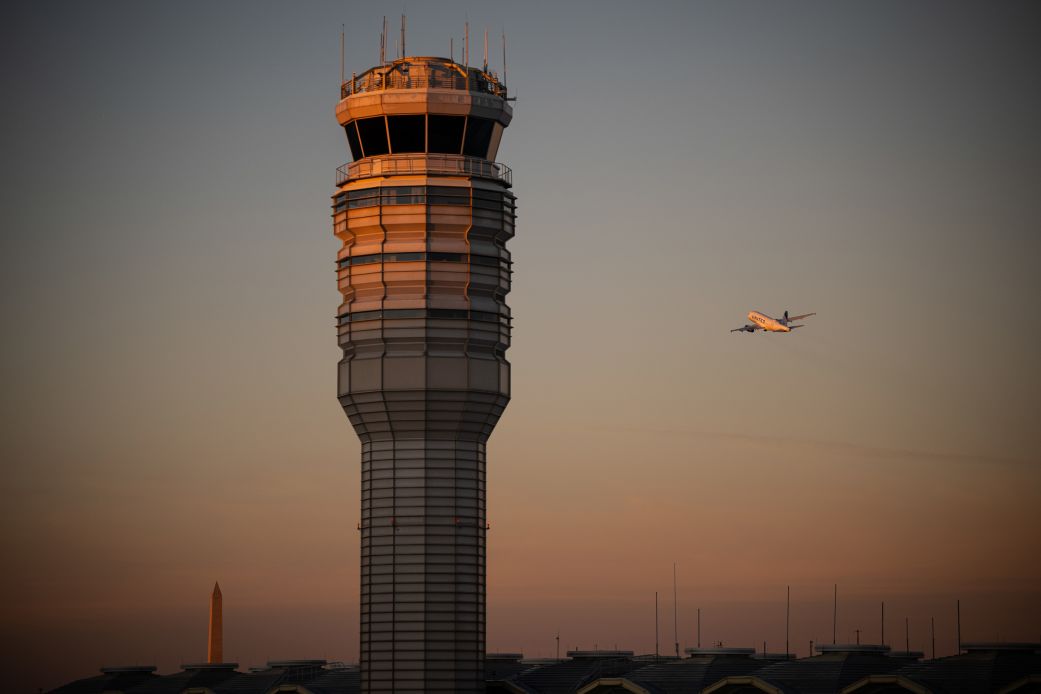Government Shutdown Ends but Air Traffic Controller Shortages Threaten Travel
Government Shutdown Ends but Air Traffic Controller Shortages Threaten Travel
By
Junia Wells
Last updated:
November 17, 2025
First Published:
November 17, 2025

Photo: CNN
Shutdown Relief Arrives but Problems Persist
The recent government shutdown officially ended after Congress approved funding through January, but U.S. airlines and passengers are still feeling the effects. More than 5 million travelers experienced flight delays and cancellations during the shutdown, which disrupted operations at airports nationwide and worsened as lawmakers delayed an agreement.
Transportation Secretary Sean Duffy warned that the shutdown may have a lasting impact on staffing for air traffic controllers and Transportation Security Administration workers. “We need more of them to join the profession, and this shutdown is going to make that more difficult to accomplish,” Duffy said at Chicago O’Hare International Airport.
Air traffic controllers were required to work without regular paychecks, forcing some to take secondary jobs to make ends meet. While partial paychecks were distributed toward the end of the shutdown, the disruption added significant stress, raising concerns among unions and lawmakers about workforce retention.
A System Already Under Strain
Even before the shutdown, the U.S. faced a shortage of certified air traffic controllers. A government tally from last year showed the country was 3,903 controllers short of the 14,633 needed to operate efficiently. Busy hubs, especially in the New York metropolitan area, experienced the greatest strain, contributing to flight delays and cancellations.
During the shutdown, retirements accelerated. Normally, four controllers retire daily, but during the closure, 15 to 20 retired each day, Duffy reported. The combination of thin staffing, increased retirements, and extended workweeks pushed facilities toward crisis levels.
On the final Sunday of the shutdown, over 10% of U.S. departures were canceled, the highest rate since January, according to Cirium, an aviation data firm. Weather-related disruptions combined with staffing shortages forced the Federal Aviation Administration to cut up to 4% of scheduled flights at 40 major airports, with plans to increase cuts to 10% if the shutdown persisted.
Economic Toll on Airlines
Airline executives estimate the shutdown has caused significant revenue losses. Bank of America projected $150 million to $200 million in lost operating income for large network carriers and under $100 million for smaller airlines.
“This shutdown put tremendous strain on our aviation system and caused severe inconvenience for millions of Americans,” United Airlines said in a statement. American Airlines leadership warned that the combination of staffing shortages and FAA-mandated reductions created unprecedented operational challenges.
Delta CEO Ed Bastian called the shutdown’s impact on controllers and TSA officers “unacceptable,” emphasizing that essential aviation workers should never be forced to work without pay. Industry leaders are urging Congress to consider legislation that allows the FAA to use the Airport and Airway Trust Fund, financed by ticket and fuel taxes, to ensure continuous pay for staff during future shutdowns.
Long-Term Workforce Challenges
The Federal Aviation Administration has been working to modernize and expand the controller workforce. After a fatal collision in Washington, D.C., in January, the FAA increased training academy pay and authorized more universities to offer specialized curricula. However, it can still take years for new controllers to be fully certified, particularly at complex or high-traffic facilities, and applicants must be under 30 to enroll.
Lawmakers also approved $12.5 billion earlier this year for air traffic control improvements, though the industry maintains additional billions are required to modernize operations and secure the future workforce.
Transportation Secretary Duffy emphasized that the shutdown’s disruption underscores a broader vulnerability in the U.S. aviation system: retaining skilled controllers and ensuring operational continuity remains a priority well beyond the funding agreement.
Popular articles
Subscribe to unlock premium content
How Adults Are Paying to Experience Silent Daylong Festivals for Mindfulness

The Rise of Ultra-Personalized Scent Memory Experiences Using Olfactory Therapy

Why Some Millennials Are Paying for One-Day Luxury Survival Challenges in Nature

How Adults Are Paying to Experience Silent Daylong Festivals for Mindfulness

The Rise of Ultra-Personalized Scent Memory Experiences Using Olfactory Therapy

How Adults Are Paying to Experience Silent Daylong Festivals for Mindfulness







.png)

